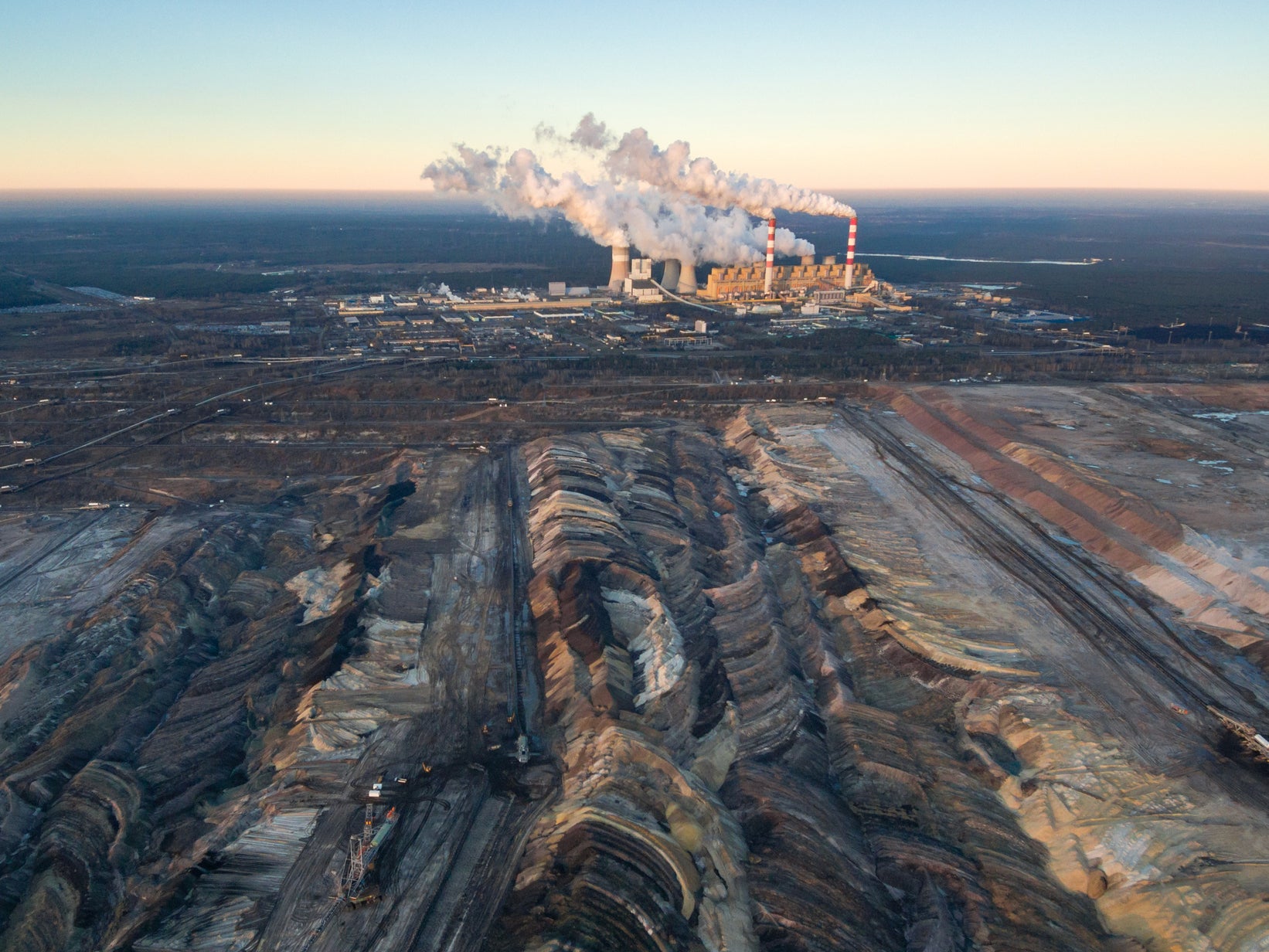Global investment in coal tumbles by 75% in three years, as lenders lose appetite for fossil fuel
More coal power stations around the world came offline last year than were approved for perhaps first time since industrial revolution, report says

Since it powered us into the industrial revolution, coal-fired energy has become the single biggest driver of man-made climate change and its use across the world is still increasing.
But while dependence on coal remains high, with coal-fired power plants currently fuelling around 38 per cent of global electricity, a new report indicates the demise of coal is already well underway.
The International Energy Agency’s new world investment report released this week, reveals the companies funding coal-fired power stations appear to be making significant recalculations about the long-term viability of these plants.
This is shown by a collapse in Final Investment Decisions (FIDs) for coal plants, which have tumbled by 75 per cent in three years.
The report says a total of 236 gigawatts of coal plants are under construction worldwide. In 2015, FIDs signed off 88 gigawatts for construction, but this fell to 22 gigawatts in 2018.
Furthermore, the rate at which coal power plants are being decommissioned has risen to the extent that despite new power plants coming online, there was a net reduction in coal power being used globally over 2018. Around 30 gigawatts of generators were retired last year.
It is estimated this could be the first time there has been a reduction in coal-fired power capacity across the world since the industrial revolution.
When the FIDs fall to zero, it will only be a matter of time until coal’s rein is over.
Last year, with FID’s going down, the IEA noted: “It appears that banks, insurance companies, hedge funds, utilities and other operators in advanced economies are exiting the coal business.”
This means that even without policy necessarily directing them, the financial concerns of investors over the future of the fossil fuel business are slowly ensuring money is being allocated to different areas.
Most of the current expansion in coal is in Asia. In the West, the move away from coal has gathered pace, with Europe’s overall use of coal down a quarter, while in the US it has fallen by 40 per cent over the last 10 years.
But these cuts are more than made up for in Asian economies, where over the last decade, the coal-fired power sector has grown by 63 per cent, with more power stations are planned.
The IEA report outlines two scenarios for measuring energy progress.
The first is its Sustainable Development Scenario (SDS). In this scenario, energy production meets the criteria set out under the Paris agreement targets and air pollution around the world is slashed.
The second is the less ambitious New Policies Scenario (NPS), which would see less action taken to tackle fossil fuels and less investment in renewables, resulting in warming reaching around 2.5C by 2100.
While the report’s headline finding is that we are currently on course for disaster due to inadequate levels of investment in low-carbon energy sources, it also makes clear that coal’s unattractiveness has set it on a course to meet the criteria outlined in the more ambitious SDS.
Dr Fatih Birol, the IEA executive director said: “Energy investments now face unprecedented uncertainties, with shifts in markets, policies and technologies. But the bottom line is that the world is not investing enough in traditional elements of supply to maintain today’s consumption patterns, nor is it investing enough in cleaner technologies to change course. Whichever way you look, we are storing up risks for the future.
“Current investment trends show the need for bolder decisions required to make the energy system more sustainable. Government leadership is critical to reduce risks for investors in the emerging sectors that urgently need more capital to get the world on the right track.”
The report comes days after United Nations secretary-general António Guterres said the world must dramatically change the way it fuels factories, vehicles and homes to limit future warming.
The alternative “would mean a catastrophic situation for the whole world,” he told The Associated Press.
Mr Guterres said he will call on leaders to stop subsidising fossil fuels, and wants countries to build no new coal power plants after 2020.
Join our commenting forum
Join thought-provoking conversations, follow other Independent readers and see their replies
Comments